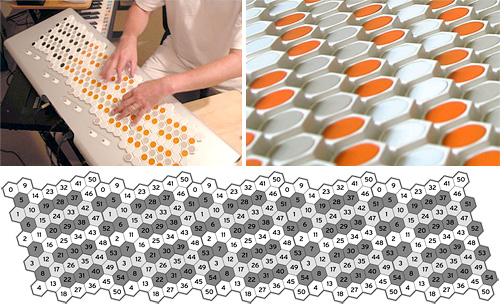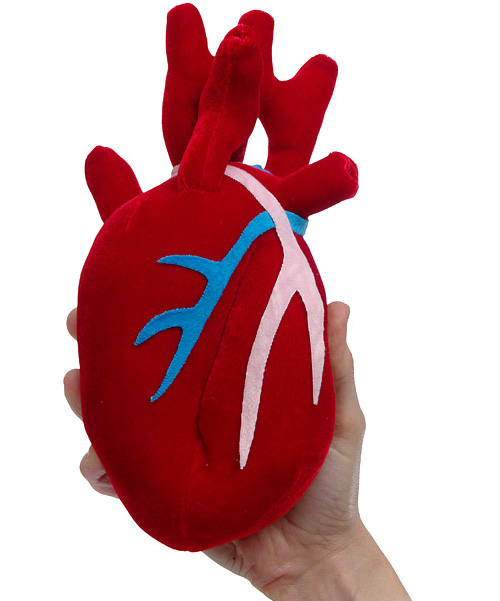
By Andrew Liszewski
The Terpstra MIDI Keyboard definitely takes the quantity over quality approach, and while 280 keys sounds impressive, I think they could have gone the extra mile to hit the magic 300.
Each key is velocity sensitive and can be used to trigger a specific MIDI event whether it be a musical note, sound effect or controlling the massive, over-the-top Hallowe’en display on your front lawn. The keycaps are also swappable and customizable so you don’t need 280 pieces of masking tape and a Sharpie to keep track of what each one does.
And while the layout of the Terpstra keyboard might look like a complicated mess the connectors on the back remain surprisingly simple with jacks for a foot switch, volume pedal, MIDI in & out and standard 120V AC power.
[ Terpstra MIDI Keyboard ] VIA [ Crave ]





Fantastic!! But must be very difficult to play it!
http://file-of-the-day.marcelo7300.com.ar/
MarC
Kate: I didn’t know you could play the piano.
ALF: Well, I was winging it, its tough to play without the red keys.
For computer users, I agree with #2 flareback, but what musical instruments have you looked at lately? There’s no “c#” label on a saxophone or violin. Except for pencil marks for first-year students, I’ve never seen labels on a piano keyboard.
The black and white pattern is sufficient to locate the octaves and notes within octaves. This keyboard also has a pattern, albeit a different one, so in principle it could be a very powerful musical interface. In fact, have you ever seen an accordion? The left hand of a piano accordion, and both hands of a conventional accordion, have a hexagonal arrangement of buttons, with the only label being a different shape of the end of one or a few of the buttons.
Now, whether it will actually catch on depends on many factors, some random, others that I am not qualified to evaluate.
oops, sorry for the mis-reference. I pasted from another discussion and clicked Submit too soon.
What’s the layout? Is it a W/H or C/B-system?? I wouldn’t trust just any layout.